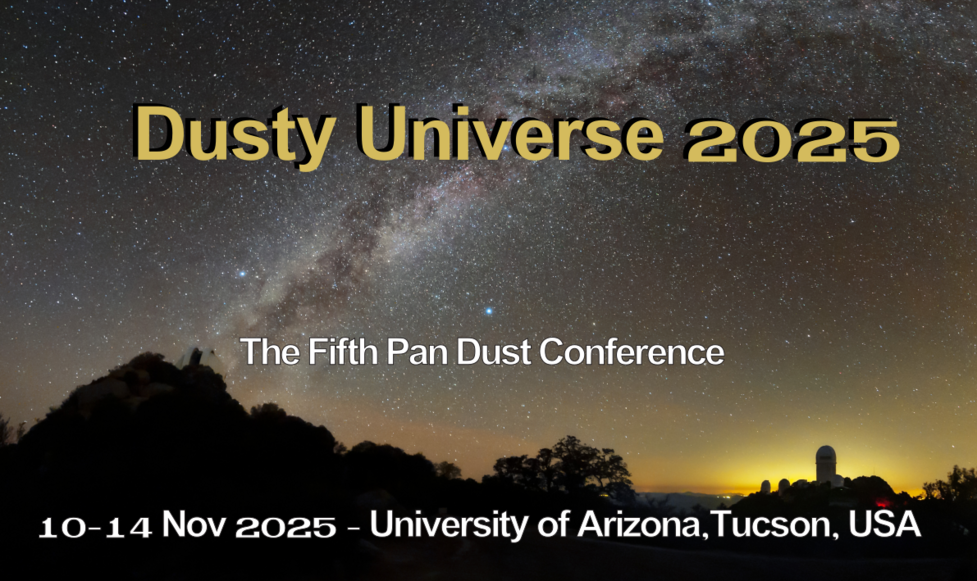Many basic questions about the origin, evolution, and properties of interstellar dust remain unanswered, in large part because of the complexities of dust grain physics. Our group is addressing these questions by conducting a large program of molecular dynamics simulations of individual dust grains in which every atom is accounted for. This has enabled, for the first time, estimation of some grain physical processes rates (i.e. accretion, coagulation, shattering) from first principles. I will overview these results and discuss their implications for dust evolution in the interstellar medium (ISM), one of which is that future models of interstellar dust may need to allow for a much larger set of candidate grain materials than have been considered previously. I will also present high-resolution fluid-dynamical simulations of kpc-scale ISM patches which include a novel model for the evolution of cosmic dust grains in a dynamic, multiphase medium. These ISM simulations incorporate the results of our molecular dynamics calculations, providing predictions for the dust chemical composition and size distribution which are fully coupled to the physics of the dust grain lifecycle in the ISM. These simulations therefore enable us to address many open questions in cosmic dust theory with unprecedented physical fidelity.

|
|
|
|
Modeling Cosmic Dust Evolution Atom-by-Atom in a Multiphase ISM
1 : Chalmers University of Technology [Gothenburg, Sweden]
|
 PDF version
PDF version
